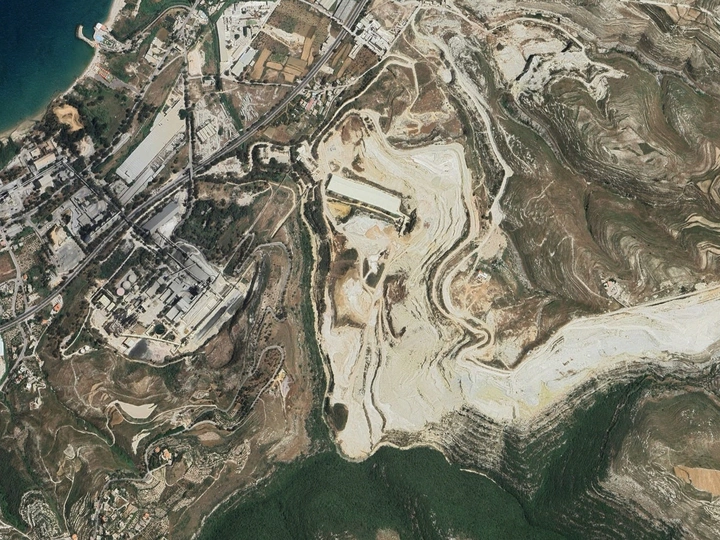Concrete Operations

Rami Msallam (b. 1999, he/him, Aleppo) is an architect, researcher, and spatial investigator based in Zurich, Switzerland. He studied architecture at ETH Zürich and completed his postgraduate studies at the Centre for Research Architecture at Goldsmiths, University of London, where he was awarded the Forensic Architecture Scholarship and graduated with distinction. He is currently part of the research team led by Prof. Mariam Issoufou at the Chair of Architectural Heritage and Sustainability at ETH Zürich.
In 2023, he received the Sparx Space studio grant from Migros-Kulturprozent and produced the research exhibition turicum. That same year, he co-founded the architects' collective 20km/h, which critically and visually engages with the city and its politics through exhibitions and architectural interventions. In 2025, he presented his first solo exhibition, Strike [at] the Border!, at Kunstraum Aarau. Through multimedia installations and a public discussion, the project explored the entanglements of borders, material extraction, and labor exploitation in Switzerland and beyond.
Concrete Operations investigates the multiplicity of operations through which concrete acts, becomes entangled, and embeds itself–materially, socially, legally, financially and ecologically. In light of the environmental turn in architecture, which increasingly calls for the reduction or even abandonment of concrete due to its high carbon emissions, two dominant cultural narratives have emerged: neoliberal technopositivism and complete avoidance. Concrete Operations resists this tendency to "look away" and instead proposes a closer, hyper-attentitive, and more situated engagement with the material. By doing so, it acknowledges concrete’s agency and opens up the possibility for more meaningful forms of responsibility, accountability, and care in our relationship with the built environment. Thereby, the notion of operationality, inspired by Harun Farocki’s operational images, serves as both a methodological and theoretical framework; revealing the invisible infrastructures, processes, and power relations that the material both enacts and conceals.
As Keller Easterling notes “what the medium is saying sometimes prevents us from seeing what the medium is doing.” Both the aesthetic register as well as the ubiquity of concrete’s surface in our built environment have long signaled a sense of proximity to the material. Its uniform aggregates, geometric formwork, and textured surfaces make certain aspects of construction and design visible, while simultaneously concealing the material’s deeper operations: its labor histories, environmental impact, and infrastructural entanglements. This dual capacity to reveal and obscure positions concrete not just as a building material, but as a medium of spatial and political expression.
Based on case studies of sites of extraction, Concrete Operations aims to map the material's operations through a broad range of methods – including historical cartography, remote sensing, archival research, oral history, and practices of witnessing.